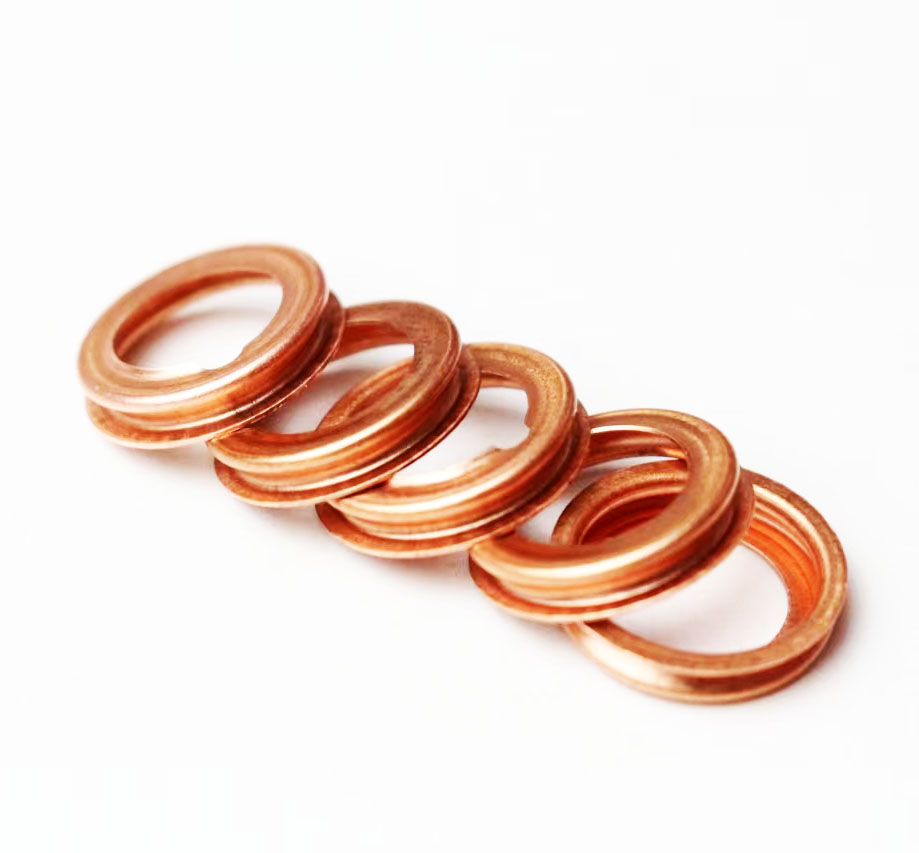Innovative Solutions for Marine Shaft Bearings Enhancing Performance and Durability in Maritime Applications
Marine Shaft Bearings An Essential Component for Nautical Engineering
Marine shaft bearings are critical components in the world of nautical engineering. They play an essential role in the operation of various marine vehicles, from small boats to large cargo ships and naval vessels. These bearings are designed to support the shafts that transmit power from engines to propellers, enabling vessels to navigate the waters efficiently and safely. This article explores the importance, types, and maintenance of marine shaft bearings.
Importance of Marine Shaft Bearings
The primary function of marine shaft bearings is to facilitate smooth rotation while minimizing friction between the moving parts. By supporting the shaft and allowing it to rotate freely, these bearings effectively reduce wear and tear, ensuring the longevity of the propulsion system. A well-functioning shaft bearing is crucial for maintaining the balance and alignment of a vessel. Improperly installed or worn-out bearings can lead to misalignment, which results in increased vibrations, noise, and potentially catastrophic failures that can jeopardize the safety of the vessel and its crew.
Furthermore, marine environments pose unique challenges due to factors such as saltwater corrosion, temperature fluctuations, and contamination from various substances. High-quality shaft bearings are designed to withstand these harsh conditions while providing consistent performance. Therefore, investing in reliable marine shaft bearings is essential not just for operational efficiency but also for ensuring the safety and reliability of marine vessels.
Types of Marine Shaft Bearings
Marine shaft bearings can be categorized into several types, each designed for specific applications and conditions. The most common types include
1. Sleeve Bearings These bearings are cylindrical and provide support along the length of the shaft. They are typically installed in a fixed position and rely on a lubricating fluid to minimize friction. Sleeve bearings are popular for their simplicity and ease of installation.
2. Roller Bearings Utilizing cylindrical rollers to distribute loads, roller bearings are designed to handle high radial and axial loads. They are more efficient than sleeve bearings and are preferred in applications involving larger vessels or more demanding conditions.
marine shaft bearings

3. Thrust Bearings These are specialized bearings designed to handle axial loads, which occur due to the forward thrust generated by the propeller. They are essential in all marine applications, ensuring that the propulsion system remains aligned and functional.
4. Compound Bearings Combining the features of both sleeve and roller bearings, compound bearings are used in applications requiring flexibility in load distribution and movement.
Maintenance of Marine Shaft Bearings
Proper maintenance of marine shaft bearings is vital for ensuring their durability and performance. Regular inspection is necessary to detect signs of wear, corrosion, or misalignment. Operators should look for signs of overheating, unusual noises, or vibrations, which may indicate bearing failure.
Lubrication is another critical aspect of maintenance. The type of lubricant used can significantly impact the performance and lifespan of the bearings. It's essential to select lubricants that are suitable for marine applications, offering resistance to water and corrosion.
Additionally, the alignment of the shaft and bearings should be checked periodically. Misalignment can lead to rapid wear of the bearings and could result in catastrophic failures if not addressed.
Conclusion
In conclusion, marine shaft bearings are indispensable in the operation and performance of marine vessels. Their ability to reduce friction and support the rotational movement of propeller shafts contributes significantly to the safe and efficient navigation of ships. Understanding the different types of bearings and their maintenance requirements is essential for marine engineers and operators alike. By investing in high-quality bearings and maintaining them diligently, maritime professionals can ensure smooth sailing and prolong the life of their vessels.
-
Understanding the Front Main Engine Seal: Purpose, Maintenance, and Installation
News Jul.29,2025
-
Understanding O-Rings and Seal Rings: Types, Applications, and Custom Solutions
News Jul.29,2025
-
Understanding Crankshaft Oil Seals: Rear Seals, Pulley Seals, and Their Role in Engine Integrity
News Jul.29,2025
-
The Importance of Front and Rear Crankshaft Seals in Engine Performance and Oil Management
News Jul.29,2025
-
Crank Oil Seals: Functions, Types, and Cost Considerations in Engine Maintenance
News Jul.29,2025
-
A Comprehensive Guide to O-Rings and Seals: Types, Materials, and Global Applications
News Jul.29,2025
-
Mastering Diesel and Performance Engine Maintenance: A Guide to Critical Oil Gaskets
News Jul.28,2025
Products categories















